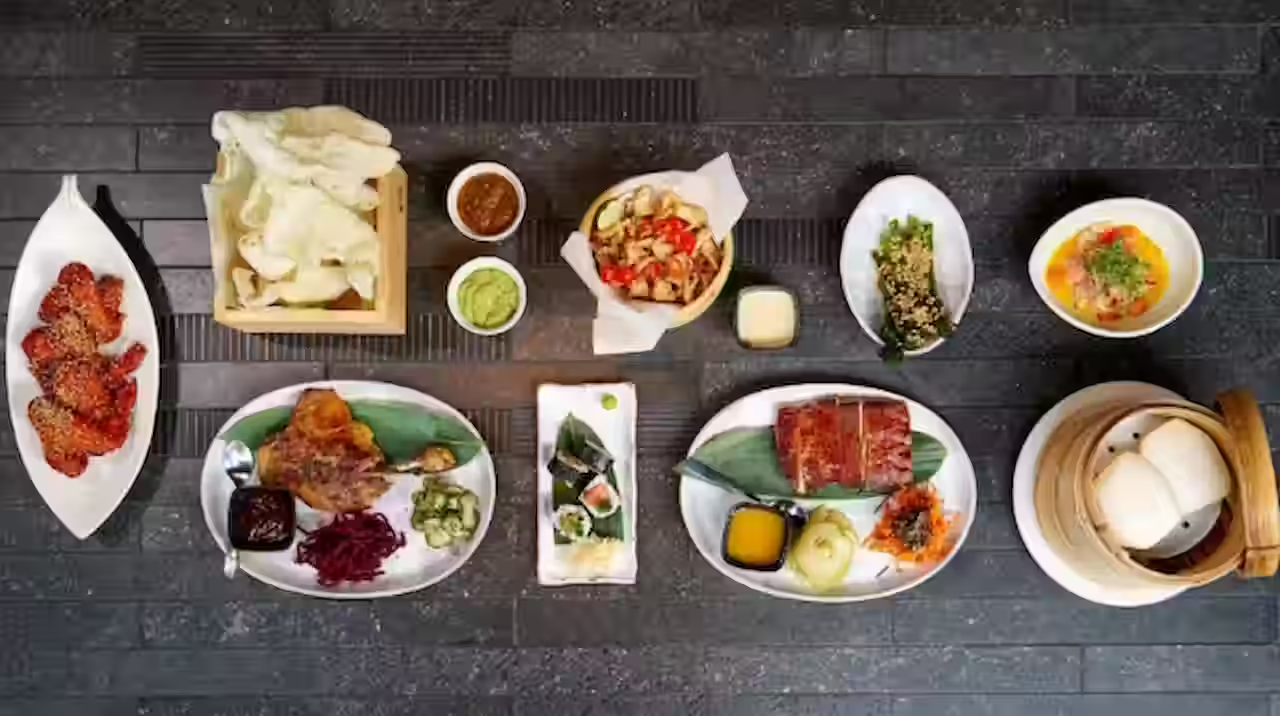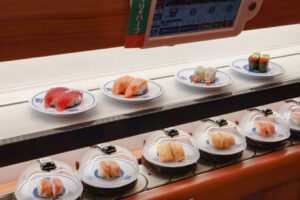Japanese cuisine has quietly become one of the most powerful cultural bridges in the world. People may visit Japan for temples, neon skylines or landscapes, but they stay connected to the country because of its food. Dishes are small, beautiful, seasonal and full of meaning. They bring people together in ways that feel effortless. You sit, you taste, you talk — and before you know it, you’re no longer strangers. Food has that effect. And Japanese food, in particular, makes connection almost unavoidable.
The Cultural Foundation of Japanese Food
At the heart of Japanese cuisine lies the idea of harmony. Meals are balanced not only in flavor, but also in color, aroma and texture. This concept is not just aesthetic; it is social. When food is designed to be appreciated slowly, people naturally slow down with it. They pay attention. They reflect. They share impressions.
Statistics reinforce this trend. Surveys from Japan’s tourism authorities show that in recent years, more than one-third of international visitors list “food experiences” as a major reason for traveling to Japan. In other words, cuisine is not just a cultural artifact — it’s a social magnet.
Shared Tables, Shared Stories
Some dining formats in Japan naturally encourage interaction. Izakayas, for example, are lively, relaxed and filled with shared plates. Everyone grabs a bit of this, a bite of that. It’s communal by design. When plates circulate, so do stories.
Sushi counters offer a different kind of connection. There, people sit side-by-side, watching every movement of the chef. The shared experience — watching the knife work, hearing the soft sound of rice being shaped, feeling the quiet rhythm of the space — creates a sense of unity. Small comments about texture or freshness can open deeper exchanges about travel, memory or culture.
What Iconic Dishes Communicate
If you want to experience the authentic culinary culture of any country, ideally you should visit that country or at least chat with a native speaker. Traveling is the best way, but everyone has the opportunity to chat with strangers in, say, Japan. At least, everyone who uses a free video call app like CallMeChat. In online chat, you can meet anyone from an office worker in Toronto to a chef in Osaka.
Sushi: Precision as Conversation
Sushi’s elegance invites attention. People talk about the fish, the rice, the temperature, the craft. Conversations flow naturally because everyone is observing the same ritual.
Ramen: Comfort for Everyone
Ramen, with its bold flavors and diverse styles, attracts an eclectic mix of diners. Office workers, families, tourists and students sit shoulder-to-shoulder. They compare broths. They debate toppings. They share tips. The dish itself becomes a social connector.
Bento: Care Packed Into a Box
One of the most meaningful examples of Japanese food as connection is the bento — the carefully arranged lunch box. Bentos are not just meals; they’re messages. When someone prepares one for a friend, a partner or a child, it signals attention and affection.
It’s important to understand the depth of these traditions to recreate bento in its original form. Bento culture offers a clear look at how balance, presentation, and seasonal ingredients transform a simple lunch into an expression of care. Preparing or sharing bentos often leads to bonding because the process itself requires thoughtfulness.
When Food Shapes New Communities
Japanese cuisine doesn’t only bring people together socially. It can reshape entire spaces. Consider the growing interest among universities in offering Japanese dishes in campus dining halls. Modern students are curious about global flavors, but they also crave environments where eating feels communal rather than rushed.
A recent discussion on how Japanese meals might influence student dining culture explores how dishes like ramen, miso soup or bento-style lunches can turn cafeterias into friendlier, more interactive places. Students around gatherizable, shareable or visually interesting meals tend to linger longer and talk more. Food becomes a social catalyst.
This idea isn’t just theory. Studies in campus behavior show that when dining spaces offer varied cultural options, student engagement rises. People stay, chat, and form relationships that might never happen between hurried bites of generic meals.
Connections in the Digital World
The reach of Japanese cuisine extends far beyond physical tables. Online communities form around recipes, cooking tips, restaurant reviews and culinary history. Someone posts a photo of their homemade miso soup, another shares a memory of their first ramen shop in Kyoto, and suddenly a thread of strangers becomes a community.
Blogs and food platforms help sustain these connections. They act as meeting points where enthusiasts explore traditions, debate ingredients or discover regional specialties. The bento guide and the cafeteria-focused article mentioned earlier are perfect examples of how digital spaces allow people to learn and connect around Japanese food, even when they are thousands of kilometers apart.
Why Japanese Cuisine Builds Bonds So Easily
Several qualities explain the power of Japanese food as a social connector:
- It invites curiosity. People ask questions about ingredients, tools and techniques.
- It encourages sharing. Many dishes are designed to be eaten together.
- It values mindfulness. Slow, attentive dining brings people into the moment — and into conversation.
- It blends beauty with nourishment. A visually thoughtful meal creates emotional warmth.
Food becomes more than food. It becomes a reason to engage.
Conclusion
Japanese cuisine is both simple and profound. It brings people together through beauty, flavor, tradition and openness. From ramen shops to sushi counters, from homemade bentos to university dining halls experimenting with Japanese dishes, every shared meal carries the potential for human connection.
In a fast world, it slows people down. It invites conversation. It builds bonds. And in doing so, it reminds us that the simplest way to create new connections is sometimes just to sit down, share a dish, and talk.















Comments